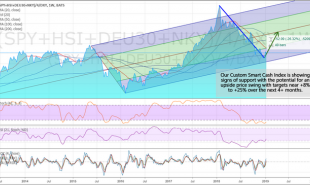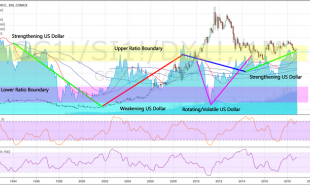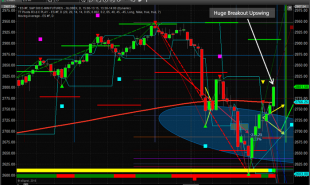
President Trump and the congressional Republican leadership recently unveiled a tax reform “framework.” The framework has a number of provisions that will lower taxes on middle-class Americans. For example, the framework doubles the standard deduction and increases the child care tax credit. It also eliminates the alternative minimum tax (AMT). Created in the 1960s, the AMT was designed to ensure the “wealthy” did not use “loopholes” to “get out of” paying taxes. Today the AMT is mostly a means to increase taxes on the middle class.
The framework eliminates the “death tax,” thus enabling family-owned small businesses and farms to remain family owned. It also helps the economy by lowering the corporate tax rate to 20 percent, reducing taxes on small businesses. The framework also adopts a territorial tax system, which means US companies would only pay tax on profits earned in the United States.
However, the framework is far from a total victory for liberty. Concerns have been raised that, depending on what income levels are assigned to what tax brackets, the plan could increase taxes on many middle- and lower-income Americans! This is largely due to the framework’s elimination of most tax deductions.
The framework also contains a stealth tax increase imposed via the chained consumer price index (chained CPI). Supporters of chained CPI clam the government is currently overstating inflation. The truth is exactly the opposite: government statistics are manipulated to understate inflation.
Chained CPI enhances the government’s ability to lie about inflation. One way it does so is by claiming that inflation does not lower our standard of living if we can substitute cheaper goods for goods made unaffordable by inflation. So inflation does not harm you if you can’t afford a steak dinner as long as you can still buy a cheeseburger.
Chained CPI allows the government to take maximum advantage of “bracket creep,” where individuals are pushed into higher tax brackets not because they are actually earning more money, but because inflation creates the illusion they are wealthier. In fact, by decreasing their purchasing power, inflation makes most people poorer. The inflation tax thus raises taxes on declining incomes. It is hidden and regressive, making it the most insidious of all taxes.
Most of the framework’s problems stem from Congress’ continued refusal to offset tax cuts with spending cuts. Instead, Congress continues to increase spending, with the only real debate over whether the government should spend more on welfare or warfare.
Pairing tax cuts with increases in federal spending and debt — and the drafters of the framework admit their plan will increase the debt by at least $2.2 trillion — means that the economic benefit from the tax cuts will be outweighed by the economic harm caused by the increase in debt. Increasing the debt also means the Federal Reserve will further devalue the dollar in order to monetize that debt. While the Republican tax and budget plans predict uninterrupted economic growth, the US economy is far more likely to undergo a major economic crisis caused by a rejection of the dollar’s world reserve currency status.
While all supporters of individual liberty and sound economics should support tax cuts, the Republicans’ failure to cut spending means that their tax plan will do little to increase liberty or prosperity. Instead of increasing debt, eliminating deductions, and relying on the inflation tax to “pay for tax cuts,” Congress should cut two dollars in spending on the military-industrial complex and other forms of corporate welfare for every dollar in tax cuts. Cutting both taxes and spending is the only way to protect prosperity and liberty.
This article was originally published on http://www.campaignforliberty.org
Copyright © 2017 by RonPaul Institute. Permission to reprint in whole or in part is gladly granted, provided full credit and a live link are given.







